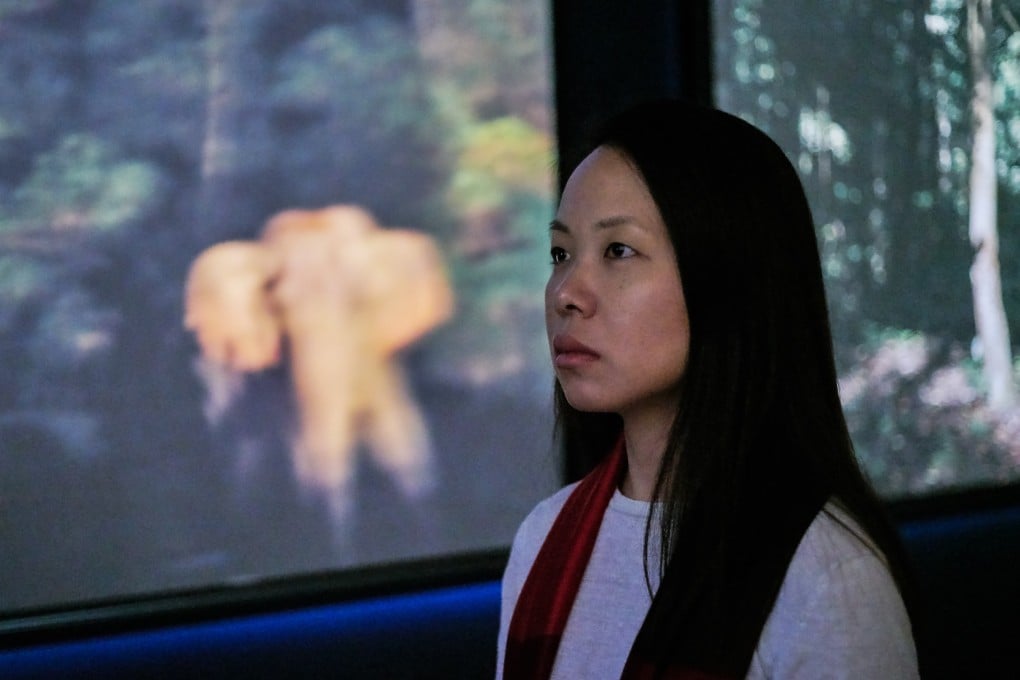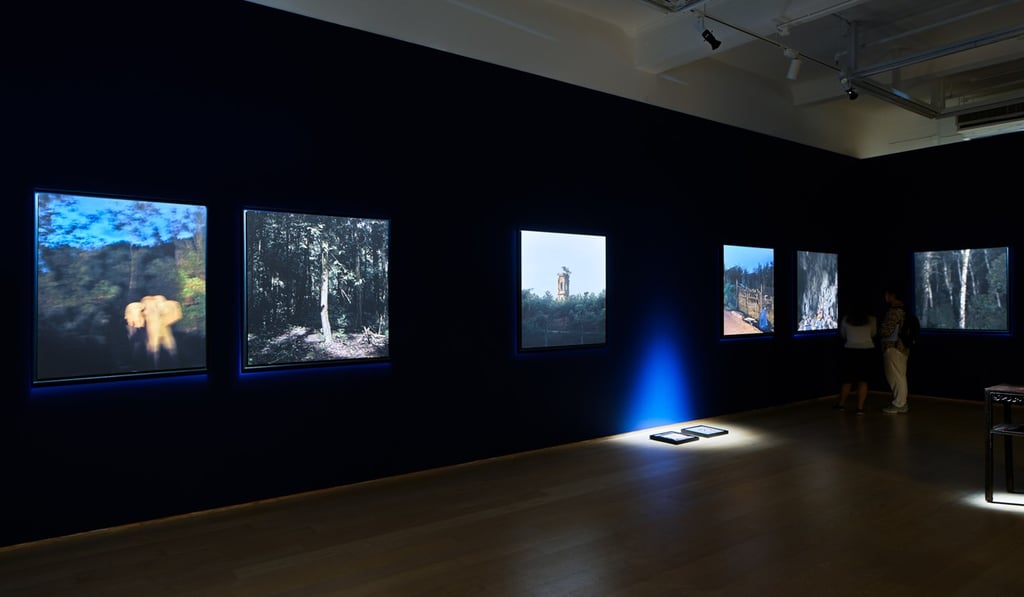Legacy of colonialism: Singapore artist’s show on Malayan Emergency and its resonance for Hong Kong
- Sim Chi Yin can’t wait to see how Hongkongers react to her work about war against Chinese communists given the anti-Chinese Communist feelings in city just now
- Her exhibition recalls the suffering of both sides in 12-year insurgency that gripped Malaya Federation, and their failure to reckon fully with what happened

Singaporean artist Sim Chi Yin has brought her exhibition about Chinese communists to Hong Kong just when anti-Chinese Communist sentiment is running high in the semi-autonomous city.
The fear that this would be open to abuse is linked to the protesters’ deep-seated distrust of the ruling Chinese Communist Party and the challenges of implementing the “one country, two systems” framework for postcolonial Hong Kong 22 years after its return to China.
“A Hong Kong artist friend did say to me, jokingly, that her friends won’t come and see the show because they hate the communists,” Sim says. “But I am really interested in how people here will react to this show, since it is about grappling with the legacy of colonialism and thinking through the ideals of that generation.”

The exhibition is the latest iteration of a deeply personal project to which the former photojournalist has been adding for a number of years.